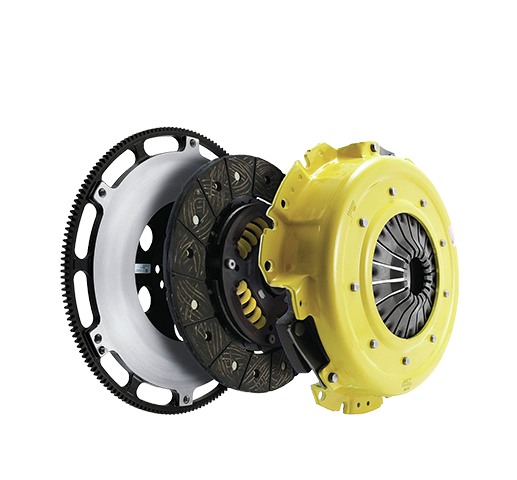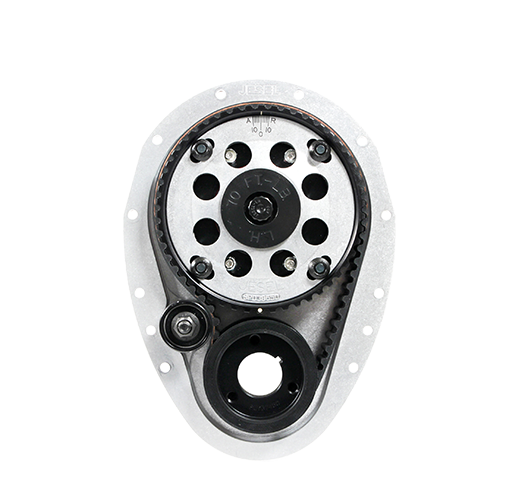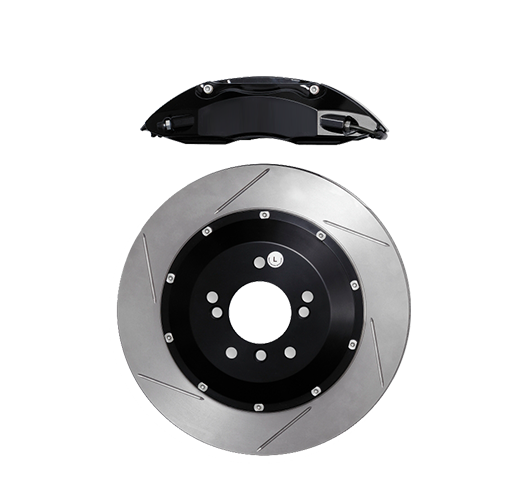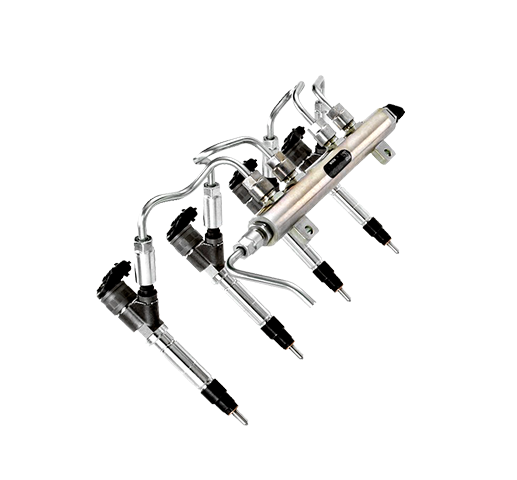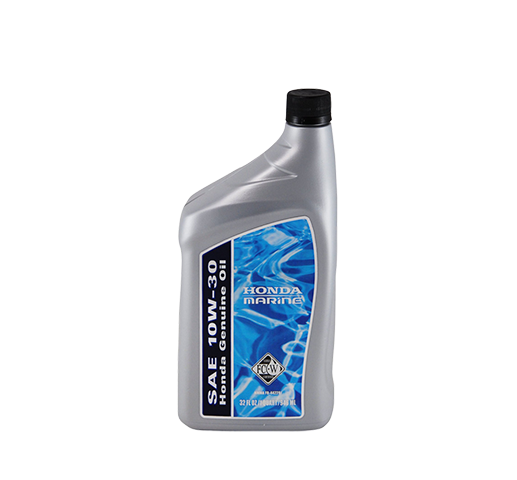
There are many different designs of clutches but they all do the same job, and that is to engage and disengage the engine from the gearbox and driveline.
Overview
It is situated directly at the back of an engine and works against the engine’s flywheel. One side is connected to the gearbox, the other to the flywheel and engine. A flywheel is a large metal disc bolted to the back of the crankshaft and acts a weight to smooth out the engine’s operation.
Clutch Cables
Older vehicles have a cable from the clutch pedal to the clutch, when you press the pedal the cable pulls on a release fork and disengages the clutch, stopping ‘drive’ to the transmission.
Cables need adjusting periodically as the clutch wears and should be checked at every service. This will ensure the correct amount of free play and tension on the release fork. Too little or no free play and the clutch will not be released fully and will cause slipping and premature wear or failure. Too much free play and the clutch will not be disengaging properly, this will make it hard to get into first gear and hard to change gears.
Hydraulic Clutches
Modern vehicles have done away with the clutch cable and have replaced it with hydraulic fluid, this eliminates the need for periodic adjustment and allows bigger and stronger clutches to be controlled with very little effort.
In this system; when you press the clutch pedal, the pedal pushes on a piston inside the master cylinder which forces fluid down a line to the slave cylinder, here the fluid forces another piston to actuate the release fork and disengage the clutch.
Leaks
Sometimes these systems may develop leaks and will result in the clutch not disengaging properly, this will make it hard to select first gear and hard to change gear.
If you suspect a leak your master cylinder is situated under the bonnet next to the brake fluid reservoir (on the lefthand side of the firewall if you are looking at the engine), it also has a reservoir on top of it.
If the fluid level in the reservoir is low you may have a leak in the system and it will need to be found and rectified. To top up the fluid use brake fluid (brake fluid is the same as clutch fluid) from a sealed container and only top up to the full mark.
Your clutch fluid is exactly the same as brake fluid and is hygroscopic (it absorbs moisture) meaning it should be replaced every 2-3 years or when your brake fluid is replaced.
Clutch Shudder
If you feel a harsh shudder through your vehicle when releasing the clutch then you have clutch shudder. This is caused by a worn clutch or by the flywheel being warped (usually from being overheated due to a slipping clutch). To fix this the clutch should be replaced and the flywheel removed and machined true.
Replacing Clutches
If your clutch is slipping or very hard to operate it will probably need replacing. Replacing a clutch is a large job, as the gearbox needs to be removed to access it.
Always replace the pressure plate, clutch disc and release bearing when performing this task. The flywheel should also be machined every time the clutch is replaced to prevent shudder and ensure smooth engagement.
